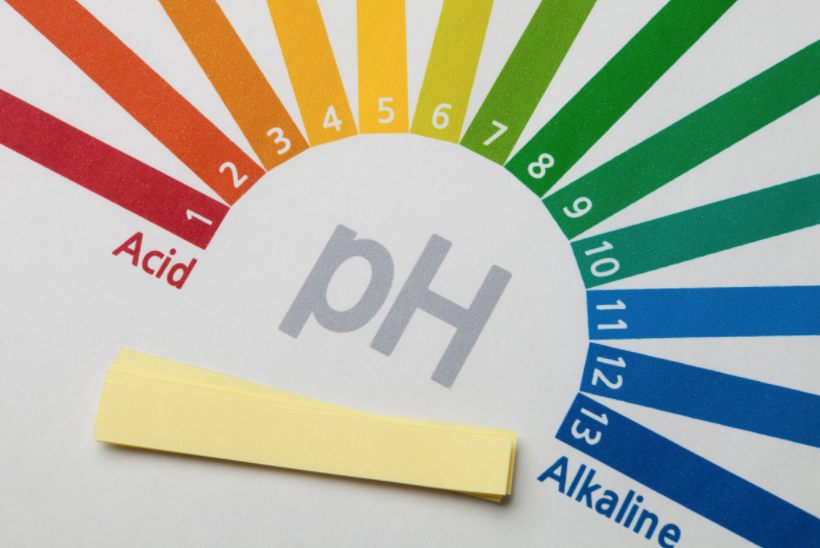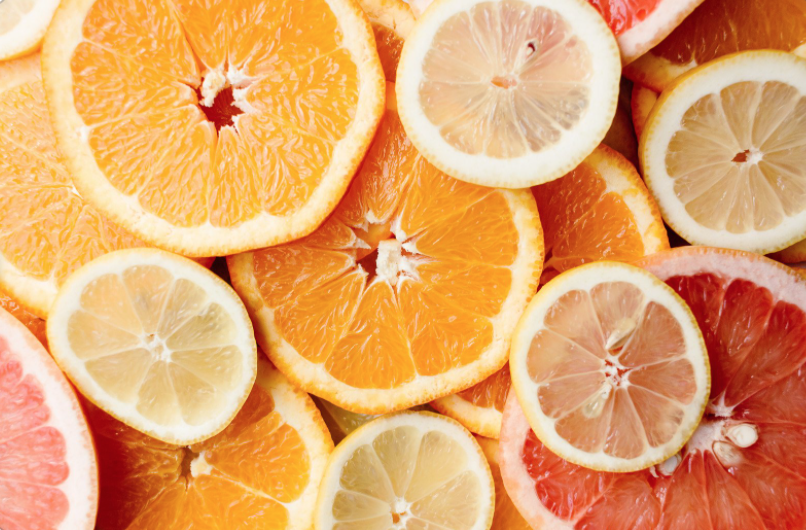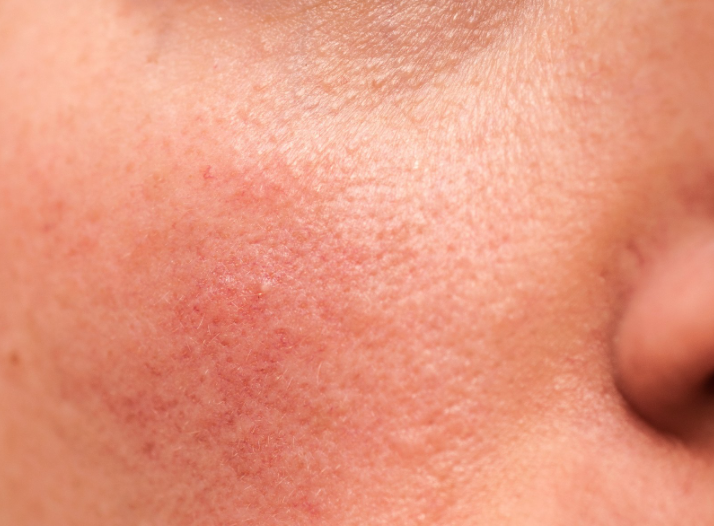Diet, like good organic skincare, can play a significant role in the health of our skin. The relationship between diet and rosacea has always been widely accepted, perhaps more so than other skin afflictions. A so-called "rosacea diet" is often recommended to control symptoms, but the term is slightly ambiguous - we hope to demystify it – read on!
Rosacea, technically known as acne rosacea (frequently mistaken for acne or seborrhoea), is characterized by a red flushing, often accompanied by spots and blood vessels close to the surface of the skin.
Being such a visible condition (affecting the face, mostly), it can take its toll on self-esteem. The endless restrictions advised to calm and prevent a rosacea flare up can also make life difficult.
Some of the rosacea triggers include meat, dairy, coffee, spicy foods, caffeine, and alcohol. Non-dietary triggers include exercise, hot baths, saunas, hot and cold weather - which as you can imagine, doesn't make it easy to manage.
Instead of weighing you down with information on what not to do, we want to present you with research for what you can do to help keep rosacea at bay.
We’ve also incorporated some delicious rosacea diet recipes at the bottom of the article to tantalize your taste buds!

The alkaline/rosacea diet:
An alkaline diet is generally what is meant by a rosacea diet. Although critics suggest there isn’t enough research in this area to support the claim, lots of anecdotal evidence from rosacea sufferers claim the efficacy of a majority alkaline diet, some saying it has “worked wonders” for them and has helped to “alleviate flushing and redness” .
It makes sense - many of the triggers attributed for worsening rosacea are acidic, so sufferers turn to an alkalizing diet to counterbalance existing acidity.
To alkalize your diet, you should make way for lots of fruits and veggies. Give your body time to adjust, though, since many people have complained of detox symptoms for a short period, which can sometimes result in a condition appearing worse.
Before making changes to your diet (even good ones!) we recommend talking to a healthcare practitioner, especially if you take medication.
But even if you decide against the idea of an alkaline diet, munching on more fruits and vegetables is never a bad thing, so why not give it a go?
Antioxidants
Rosacea seems to respond to antioxidant supplementation.
Thankfully, getting antioxidants through your diet can be a treat, with dark chocolate having even more antioxidants than a variety of fruit! And luckily for Odylique customers, our skin care products are packed with antioxidants (like our Superfruit Concentrate), which also provide protection from free radical damage.

Vitamin C
Although not in dietary form, evidence shows that vitamin C may have a therapeutic role in the topical treatment of rosacea, so make sure your skincare is providing it! Our Timeless Rose Moisturiser contains Sea Buckthorn - a vitamin C packed berry that could help bring about beautiful looking skin.
…vitamin C is also an antioxidant!
Anti-inflammatory
Rosacea is understood to be an inflammatory condition, so munching on some anti-inflammatory foods may calm your skin. It also goes hand in hand with an alkaline diet, which tends to be made up of anti-inflammatory foods like green leafy vegetables, blueberries and coconut oil.
Zinc: Zinc deficiency is very common and could be having a knock on effect on your health, especially the skin. Zinc supplementation has been found to be effective in the treatment of rosacea, as well as other skin conditions like acne.
If you want to incorporate zinc-rich foods into your diet, beans, cashews and chickpeas are good sources of it. If you don’t find yourself reaching for zinc-rich foods, you can take it as a supplement! Try Lambert's range here.
Allergies: As well as looking at what might be lacking in your diet, you might find you’re sensitive to something you're already eating. Common sources of trouble include wheat, dairy and soy, so if you suspect something might be aggravating your skin, try cutting it out of your diet for a couple of weeks and measure the results!
These days, there are lots of dairy-free, gluten-free, allergen-free alternatives on in supermarkets that are just as good as their counterparts, so you won’t be missing out!
You’ll also want to avoid common allergens in skincare too, which is why we leave them out of our skincare completely.
A skin condition can leave you feeling helpless, but it doesn’t have to! It might take a little time, trial and error, but there are lots of things to try to get your skin looking the way you want it to. In the mean time, if you’re looking to give our skin some extra TLC, browse our range of rosacea skincare and makeup.
If you'd like any more advice on rosacea, please do email us –info@odylique.com, add your question as a comment below, or call 01638 716593 – we're here to help!
Rosacea Diet Recipes:
To get you started, we’ve listed a seriously yummy rosacea diet recipe below, which will benefit and nourish your skin from the inside out.
Creamy Broccoli Soup: Vegan, gluten-free, oil free, dairy free.
A very healthy, comforting option that won’t leave you feeling deprived!
Ingredients (5 servings):1 1/2 cups chopped potatoes
2 cups chopped butternut squash
1 onion
2 1/2 cups vegetable broth
1/3 cup raw shelled pumpkin seeds
1 tbsp fresh lemon juice
1 tbsp apple cider vinegar
1/2 tsp mustard powder
1/4 tsp ground turmeric
1/8 tsp ground nutmeg
1 tsp salt
dash of pepper
1/3 cup nutritional yeast
4 cups chopped broccoli florets
Equipment:Measuring cups
Saucepan x2
Blender
Colander
Tip: Remember to use organic ingredients, when you can!
1) After making the broth on the stove, place the potatoes, butternut squash and onion in the saucepan. Bring to a boil, and then simmer for roughly 15 minutes.
You’re waiting for the vegetables to tenderize; so the smaller you’ve chopped them, the quicker they’ll cook – so keep an eye on them.
2) Transfer the mixture into a blender and add the pumpkin seeds, lemon juice, apple cider vinegar, mustard powder, turmeric, nutmeg, salt/pepper and nutritional yeast and blend.
3) After the mixture is smooth, pour back into saucepan over a low heat for 5 minutes.
4) Steam your broccoli for 10-15 minutes (a colander placed over a saucepan will do the trick if you haven’t got a steamer!) and add florets into the soup.
5) Serve!
Icons featured in the infographic from Madebyoliver & Freepik from www.flaticon.com are licensed by CC 3.0 BY.

